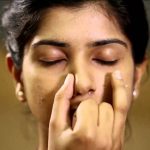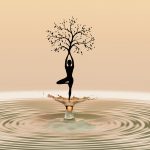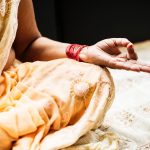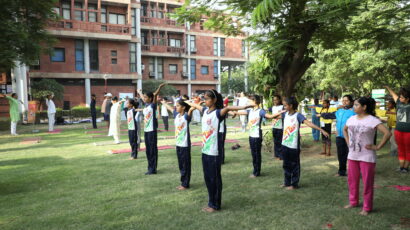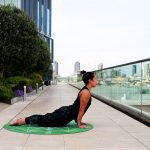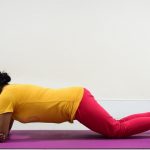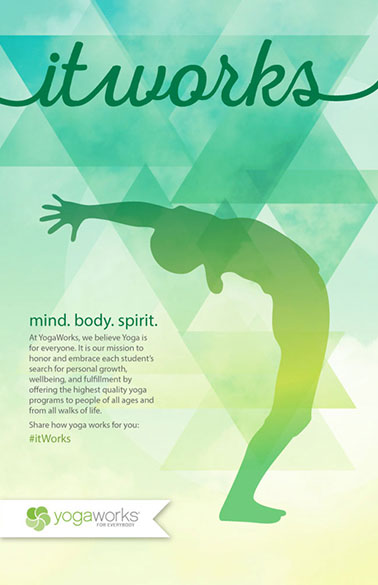WHO urges 3-layer Covid-19 masks in public
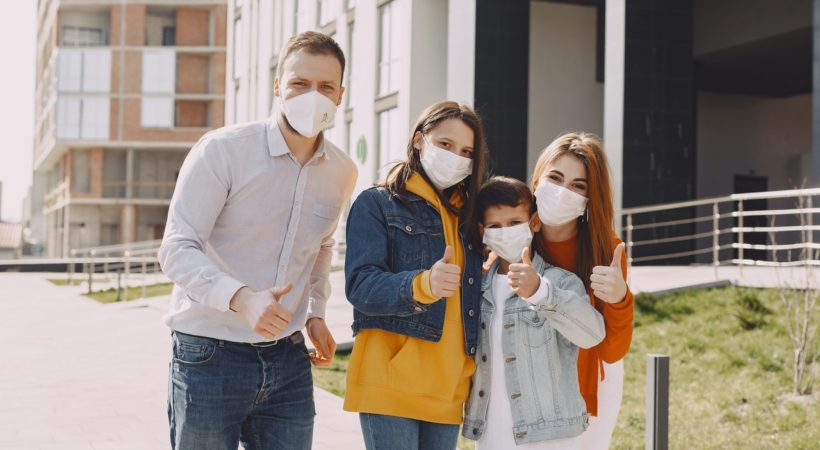
Photo by Gustavo Fring
Diverting from its earlier stand, Word Health Organization in its new guidelines proposes three-layer fabric or non-medical mask in public as part of the move to curb the spreading of Covid-19.
It recommends people aged above 60 years or with health issues should wear a medical mask in places where social distancing is difficult, and all others should wear a three-layer fabric mask that acts as “a barrier for potentially infectious droplets,” the new guidelines said.
“In light of evolving evidence, WHO advises that governments should encourage the general public to wear masks where there is widespread transmission and physical distancing is difficult, such as on public transport, in shops or in other confined or crowded environments… Based on this new research, WHO advises that fabric masks should consist of at least three layers of different material,” said Dr Tedros Adhanom Ghebreyesus, director-general of WHO.
Wearing masks in public is already compulsory in countries such as India, Singapore, France, Spain, Germany, Argentina etc.
Those wearing a cloth mask should choose a three-layer fabric mask made of absorbent cotton closest to the face, followed by a polypropylene layer and then a synthetic layer that is fluid-resistant, WHO said.
The advisory includes tips on how to don and doff, discard or reuse masks. “People can potentially infect themselves if they use contaminated hands to adjust a mask, or to repeatedly take it off and put it on, without cleaning hands in between. Masks can also create a false sense of security, leading people to neglect measures such as hand hygiene and physical distancing,” said Dr Tedros.
Previous WHO guidelines restricted mask use to healthcare workers, people who look after the covid -19 infected and the suspected, and people coughing and sneezing. The WHO was opposing wide use of medical masks as it feared that a struggle for masks would lead to shortages and deny those really needy people.
Current data indicates that Covid-19 is most usually distributed by respiratory droplets catching through the eyes, nose, and mouth, either directly or by touching a contaminated surface, but there is increasing concern about spread through aerosols, which are tiny saliva and vapour droplets suspended in air that are produced when we speak or breathe, a report said.
“I cannot say this clearly enough: masks alone will not protect you from Covid-19. Masks are not a replacement for physical distancing, hand hygiene and other public health measures. Masks are only of benefit as part of a comprehensive approach in the fight against Covid-19,” said Tedros.
“The cornerstone of the response in every country must be to find, isolate, test and care for every case, and to trace and quarantine every contact. That is what we know works. That is every country’s best defence against Covid-19,” he said.


